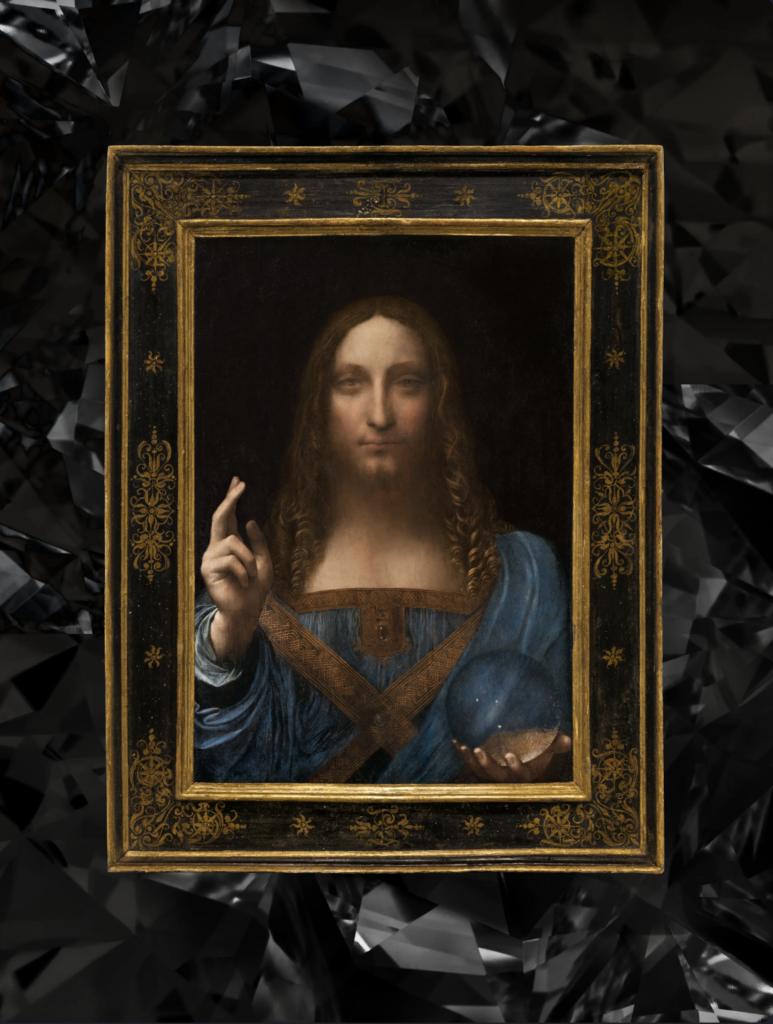Leonardo da Vinci’s “Salvator Mundi,” once hailed as the world’s most expensive painting with a sale price of $450 million, has re-emerged in the limelight. However, this time, it’s not the physical artwork that’s drawing attention, but its digital avatar in the form of an NFT.
The original “Salvator Mundi” has long been shrouded in controversy. A 2021 New York Times piece delved into the painting’s disputed authenticity, with some experts questioning whether Leonardo himself painted it. The Louvre Museum in Paris, which had an opportunity to display the artwork, reportedly decided against attributing it solely to Leonardo, further fueling the debate.
Despite its contentious history, the artwork’s allure remains undiminished, as evidenced by its recent foray into the digital realm. Recently, the painting entered the digital realm as an NFT, joining works by other high-profile traditional artists such as Damien Hirst and Shepherd Fairey.

An edition of 13 “Artist Proof” NFTs priced at GBP 1100 sold out. Image: Elmonx
Available on the Elmonx platform, the digital “Salvator Mundi” was released in two editions on August 12. The “Original” NFT edition, capped at 660 pieces and priced at GBP 150 each, sold out swiftly, generating GBP 99,000. A more exclusive “Artist Proof” edition, limited to 13 pieces and priced at GBP 1,100 each, also found eager buyers, raking in GBP 14,300.
The digital sales of “Salvator Mundi” garnered an impressive GBP 113,300 in total. While this figure pales in comparison to the painting’s auction price, it underscores the continued appeal of some NFTs in today’s art market, even as the broader appeal of NFTs undergoes widespread turmoil.



